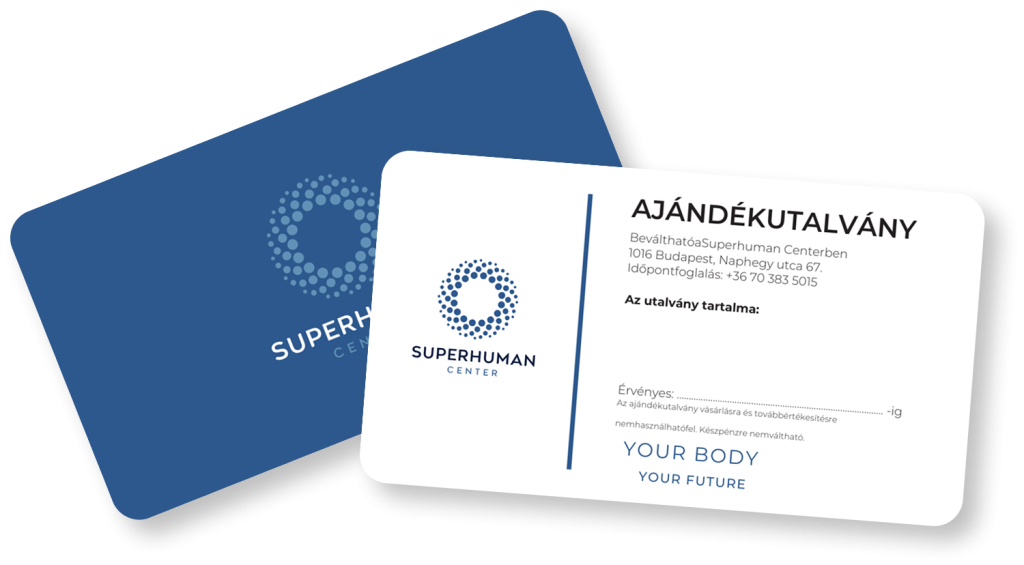PHYSICAL THERAPY AND MANUAL THERAPY
The primary goal of physiotherapy is to maintain and improve a pain-free range of motion, develop correct posture, enhance physical activity, support injury recovery, and prevent future injuries.
What is it, and who is it for?
Physiotherapy is a comprehensive therapeutic method, primarily involving specific exercises, manual therapy, and supplementary physical therapy devices. It follows a holistic approach, considering that the human body can only be treated as a whole, with any impairment affecting other body parts. If you want to speed up recovery after surgery or injury and regain your original strength as soon as possible, physical therapy should be a key element of your treatment plan. It also helps improve mobility and motor functions, addressing existing musculoskeletal issues or preventing future problems.

Benefits:
- Reduction of injury-related or chronic pain
- Faster recovery
- Stronger, firmer muscles
- Increased flexibility and range of motion
- Improved overall well-being
- Reduced muscle tension
- Enhanced blood circulation
Applications:
- IMPROVING OVERALL MOBILITY: Strengthening the muscles around joints can reduce pain and increase joint range of motion, improving overall mobility. These treatments often include stretching and strengthening exercises aimed at enhancing joint stability and flexibility.
- ENHANCING PHYSICAL FITNESS: Regular physiotherapy increases muscle strength and flexibility, reducing the risk of injuries.
- PERFORMANCE BOOST FOR ATHLETES: Élsportolóként rendkívül hasznos lehet gyógytornász segítségével biztosítani, hogy a lehető legerősebb, legmozgékonyabb és legkiegyensúlyozottabb legyél. A személyre szabott mozgásterv tartalmazhat nyújtást, speciális mozgásokat és olyan gyakorlatokat, melyekkel javítani tudod fizikai állapotod, meg tudod előzni a sérüléseket és kibontakoztathatod csúcsteljesítményed.
- PAIN MANAGEMENT: Techniques used in therapy help relieve injury-related and chronic pain by restoring muscle strength, correct movement patterns, and flexibility.
- IMPROVING QUALITY OF LIFE: Our treatments aim to provide you with a pain-free, more mobile, and active life.
- POST-SURGERY OR INJURY REHABILITATION: Targeted exercises help regain lost strength and coordination, reducing the risk of re-injury. Under the guidance of a professional physiotherapist, you can gradually recover your previous mobility at your own pace.
- MAINTAINING AND IMPROVING MOBILITY: During physiotherapy, we use exercises and stretches that enhance the range of motion and flexibility of your body. This helps improve movement efficiency and reduces the risk of injury.
- REGENERATION: After physical activity, your body needs relaxation and recovery. Massage and stretching techniques help reduce muscle tension and improve circulation. Physiotherapy and complementary treatments release tight, adhered muscles, allowing for better rest and faster recovery.
- POSTURE CORRECTION AND SCOLIOSIS TREATMENT: Problems caused by sedentary work affect more and more people, and poor posture often leads to daily discomfort and pain. Physiotherapy specifically targets tense areas, contributing to better flexibility and overall health.
What to expect
during a physiotherapy session

Duration: 50 minutes

Recommended frequency: 1-2 sessions per week

Can be combined with: lymphatic massage, PEMF, cryotherapy, hyperbaric oxygen therapy

Duration: 50 minutes

Recommended frequency: 1-2 sessions per week

Can be combined with: lymphatic massage, PEMF, cryotherapy, hyperbaric oxygen therapy
Process (Brief Overview)
During the first session, the physiotherapist conducts a detailed assessment, reviewing the patient’s medical history, symptoms, pain location, intensity, and extent. Functional tests are performed to establish an accurate diagnosis.
Based on the evaluation results, a personalized therapy plan is developed, targeting the root cause of pain or dysfunction. Treatment may involve manual therapy, movement therapy, or other specialized techniques, depending on the specific condition.

During the first session, the physiotherapist conducts a detailed assessment, reviewing the patient’s medical history, symptoms, pain location, intensity, and extent. Functional tests are performed to establish an accurate diagnosis.
Based on the evaluation results, a personalized therapy plan is developed, targeting the root cause of pain or dysfunction. Treatment may involve manual therapy, movement therapy, or other specialized techniques, depending on the specific condition.
páciensek véleménye

„A hipoxia terápia sokat segített a teljesítményem javításában. Sportolóként fontos, hogy a szervezetem jól tudjon alkalmazkodni a változó oxigénszintekhez, és ez a terápia érezhetően növelte az állóképességemet. Nagyon hasznos!”
Varga Tamás
Olimpiai aranyérmes sportoló
„A hipoxia terápia sokat segített a teljesítményem javításában. Sportolóként fontos, hogy a szervezetem jól tudjon alkalmazkodni a változó oxigénszintekhez, és ez a terápia érezhetően növelte az állóképességemet. Nagyon hasznos!”
Varga Tamás
Olimpiai aranyérmes sportoló


„A hipoxia terápia sokat segített a teljesítményem javításában. Sportolóként fontos, hogy a szervezetem jól tudjon alkalmazkodni a változó oxigénszintekhez, és ez a terápia érezhetően növelte az állóképességemet. Nagyon hasznos!”
Varga Tamás
Olimpiai aranyérmes sportoló

BOOK A CONSULTATION APPOINTMENT
Take the first step towards a healthy future!
Call us at +36 70 383 5015 to book a consultation appointment, or fill out the form so we can get in touch with you.
